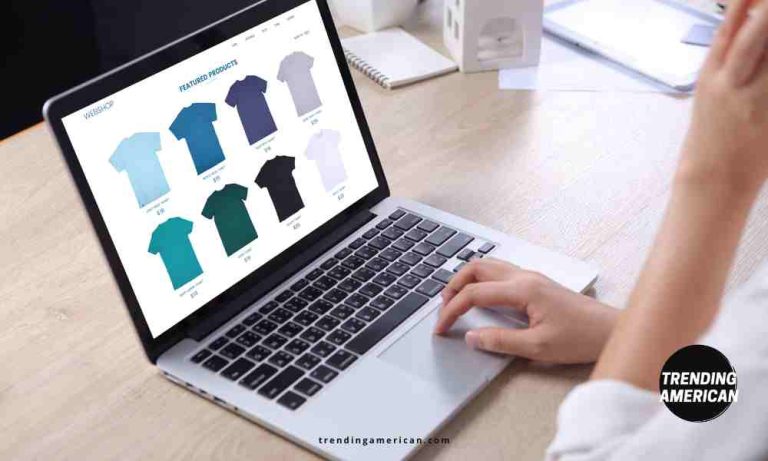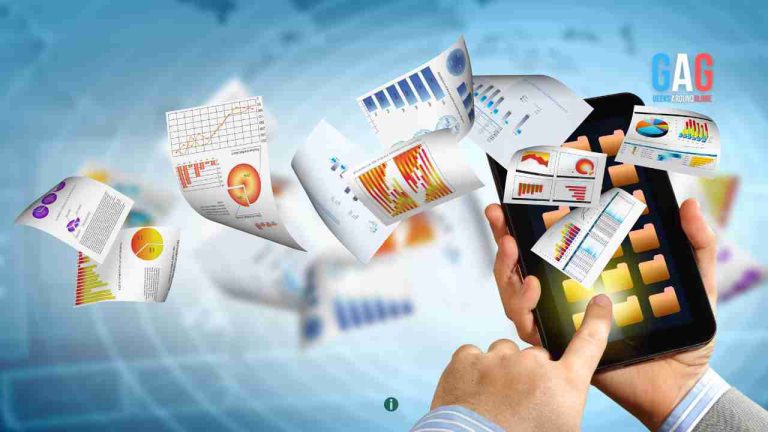The digital age of today comprises multitudinous platforms and gadgets. Getting your job done on the internet is just a matter of a few clicks. According to Statista, retail eCommerce sales is forecast to reach USD 4.92 trillion by the end of 2021. With entrepreneurs eyeing a share in the eCommerce pie, there is tremendous scope for eCommerce web development. So, what is cutting-edge today? Let’s explore it through the periscope of digital trends.
Voice Search
Thanks to smart speakers and voice assistants such as Alexa and Siri, shopping has become simpler and more convenient. The tools are setting the tone for shopping by transitioning from typing to speaking. Using these voice-based devices, users can access an extensive range of services. Several eCommerce marketplaces are already offering a Voice User Interface. The solution allows users to search for their desired products and services through voice commands. A prime example of this is Shopify, the Canadian multinational e-commerce magnate.
Artificial Intelligence
A revolutionary change to have broken the bulwark is Artificial Intelligence or AI. Having emerged just a few years ago, it has become a prominent technology for eCommerce websites. A force to be reckoned with, perhaps! For starters, AI helps with product and service renderings through recommendations and predictive analysis. Both of these, combined, enable retail eCommerce businesses to offer custom services. When clubbed with Machine Learning or ML, there is no looking back. The tide is only uphill from here. Customers are in line for stellar and seamless customer service.
Ways in which AI can be helpful to eCommerce businesses:
- Keeping them better informed, in real-time, about customers and target audiences
- Helping with personalised user experience; tomorrow shall see a stark containment in the expectation-reality discrepancy
- Near-zero error rates through task automation
Augmented Reality and Virtual Reality
Abbreviated as AR and VR, these are other powerful tools that have changed the game for eCommerce retail corporations. A universal disappointment is an inability for audiences to see the products. AR and VR technologies serve as bridges for curbing the gaps and mitigating obstacles in online shopping.
AR allows shoppers to visualise the products and services in the real world. That is, it enables them to understand whether the said solution meets the demand. For instance, IKEA uses the power of AR to augment furniture shopping. Yet another is Dulux Paint that uses AR to show paint colours on walls.
VR, on the other hand, helps forge connections between the real and the virtual worlds. Customers are in for a virtual experience! They will now get an in-store experience right out of their palms. No longer do audiences need to move or queue up. Also, the technology is realistic and allows prospects to make informed decisions. In 2017, Audi, with the help of the Oculus Rift headset, enabled buyers to view their dream car in 3D. Additionally, it allowed them to customise all the aspects from the paint colour, the body kit right down to the engine.
Headless and API-driven eCommerce Websites
The elements that have made it to the talk of the town are those that enable audiences to interact directly. However, eCommerce websites also have a backend tech structure that most users are uninformed about or oblivious to – this is where Headless eCommerce comes to the rescue. It enables online stores and marketplaces to decouple their platform from their front-end counterparts. Online businesses can use one of DXP, PWA, or other front-end customised solutions. The near future shall see a stark adoption of headless front-end solutions.
Progressive Web Apps or PWA
Another trend to take the eCommerce industry by storm is PWA. With PWA, businesses no longer need to launch high-cost mobile applications. The PWA technology does it for you at a far lesser cost. Also, it helps eCommerce businesses to provide robust mobile experiences. Among the leaders of the pack are Magento development services and PrestaShop Web Development Company services.
Digital Experience Platform or DXP
It is an integrated software framework that enables corporations to engage with their multitudinous audiences across touchpoints. So, what then are these touchpoints? These include in-store, self-servicing kiosk, customer portals, eCommerce systems and others.
Sounds unreal and complex, right? DXP essentially helps businesses build and continually improve their sites, platforms, mobile applications, and other online experiences.
The two core principles of DXP:
- Multiple integrated tools are for controlling the expansive range of touchpoints.
- A single central platform shall serve as a control centre.
Getting people to knock on your door is one thing, and having them do so repeatedly is another. And DXP helps in this endeavour by integrating backend systems and applications. It is a long-term solution as businesses can now rank higher on the customer satisfaction ratings. And the best part? It also helps forge audience loyalties post-acquisition.
DXP stems from an advanced paradigm and mental landscape. It understands that digital is no longer the sole responsibility of marketers. It is a conveyor belt that requires inputs from all the parties. This so-called adaptive and agile DXP provides connected and consistent experiences both internally and externally (customer-facing).
Multiple Payment Gateways
With the rise of mobile traffic, mobile-friendly websites are on the rise. The concomitant of these two forces is the need for multiple payment options such as digital wallets and other payment applications, such as PayPal and Google Pay.
Several eCommerce platforms offer payment gateways – WordPress, Magento and Shopify, to name a few. All that is needed is a plugin, an extension or a third-party application. What is even more telling and trending is social payments using Whatsapp.
Parting Words
Tools and technologies are getting developed at light-fast speeds. The only conclusive remark is that the world is going for more and more collaboration and integration. For instance, although AR and VR are separate phenomena, the future shall embody applications that blend these concepts.







